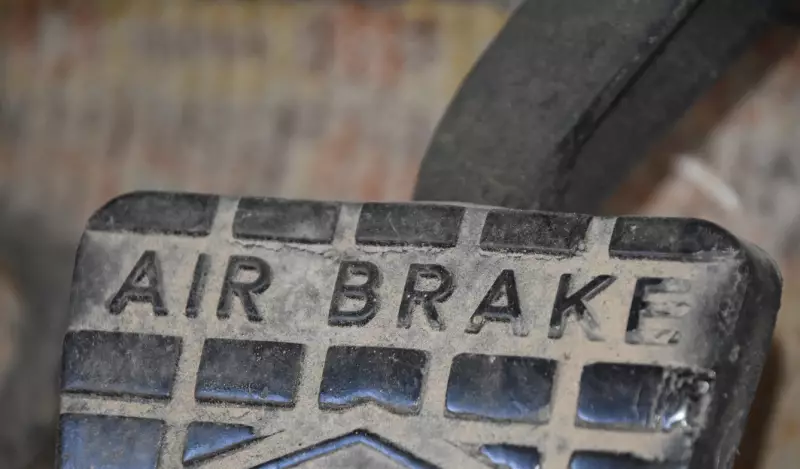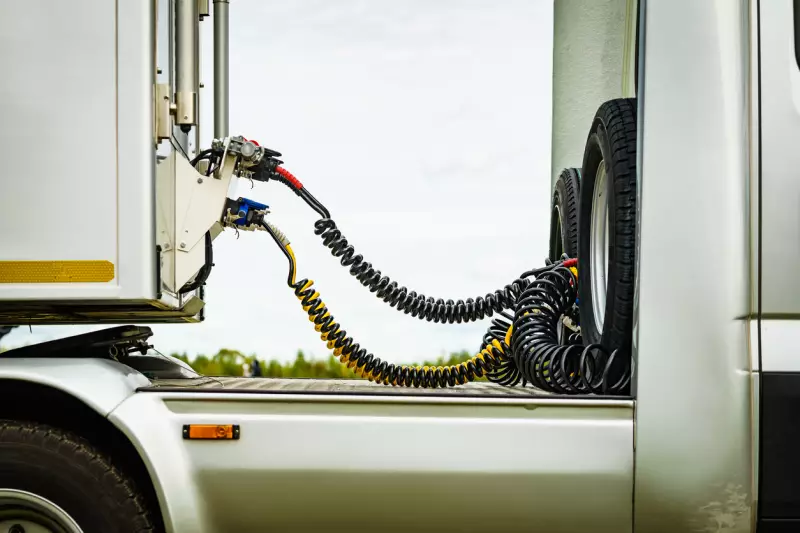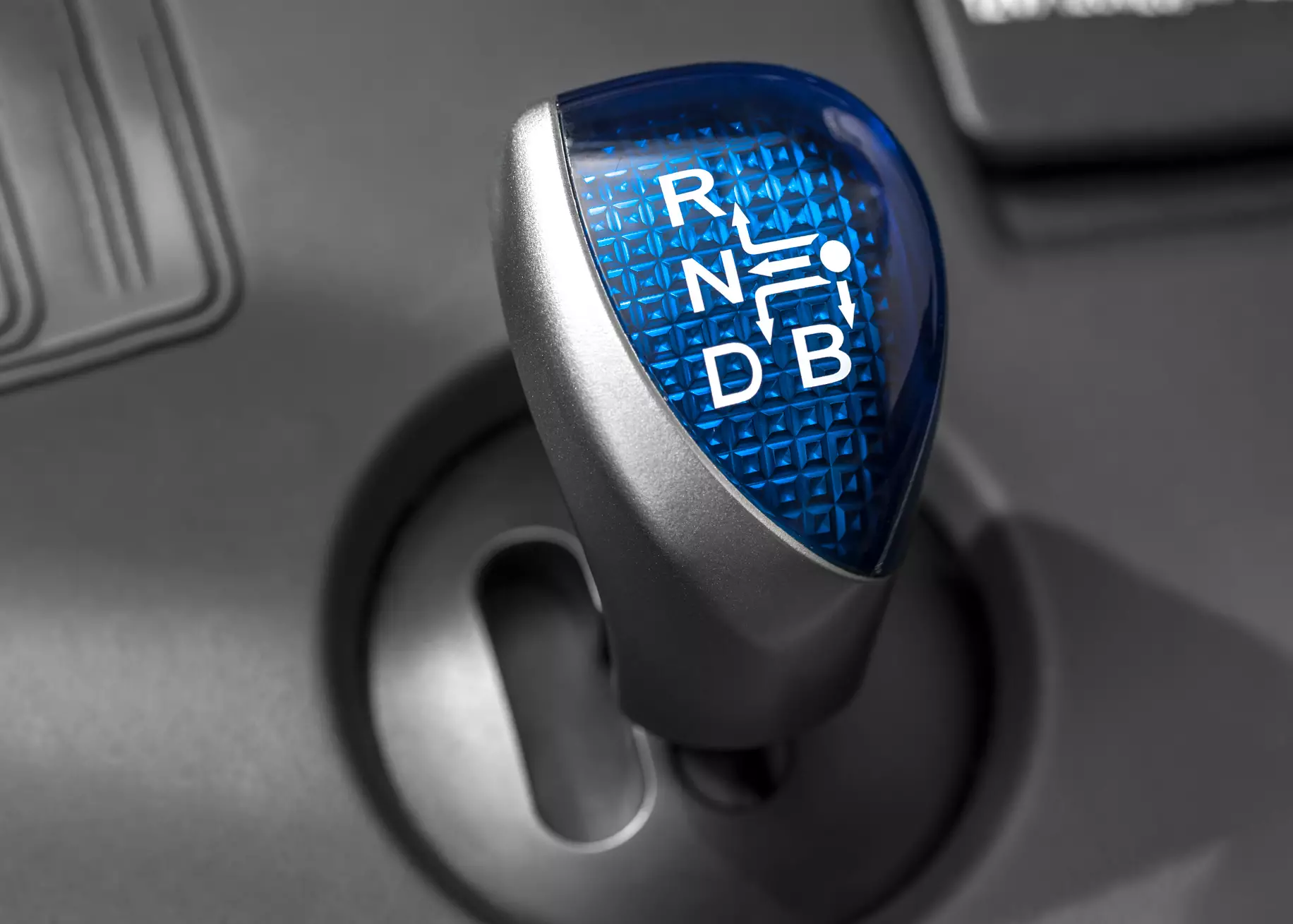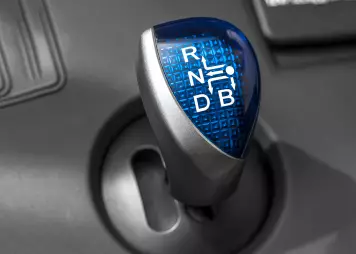Air brakes function as friction brakes in vehicles, utilizing compressed air on a piston to apply pressure on brake pads to stop a vehicle. Air brake systems are used in heavy commercial vehicles, such as buses, trucks, semi-trailers, and trailers. Commercial motor vehicles are not the only vehicles that use air brakes, as some buses and railroad cars also use them to enhance driving safety. Considering air is an unlimited resource, automobile mechanics often recommend air brake systems for improved braking efficiency.
What Are Air Brakes?
An air brake is a vehicle braking mechanism that uses compressed air to enable efficient deceleration and stopping of a vehicle by applying pressure on brake components. An air brake system comprises:
- Air Compressor: In an air brake system, the air brake system's air compressor generates and maintains the optimum air pressure. The air compressor is driven by the engine of the vehicle via pulleys and belts or gears. Then, it creates pressurized air by pumping air directly into a reservoir. The air compressor operates while the car's engine runs, allowing for a continuous supply of compressed air for the brake system.
- Reservoir: This component functions like a pressure-rated tank for keeping compressed air. It houses sufficient air volume to sustain multiple brake applications in situations where the car engine halts or the compressor fails.
- Air Dryer: The air dryer component of the air brakes is located between the wet reservoir and the compressor. It helps remove moisture from compressed air. The air dryer may contain a moisture-absorbing drying agent and oil filter to separate air from moisture.
- Safety Valve: Safety valves in air brakes prevent over-pressurization of the reservoir.
- Foot Valve: This component pulls compressed air from the reservoir component for braking functions. It is operated by the foot and maintains the air directed to the brakes per the extent of the brake pedal depression. Releasing the foot valve facilitates air movement from the service brakes. Also, it automatically maintains air pressure when brakes are partially applied.
- Brake Chamber: Brake chambers in air brake systems transform compressed air pressure to mechanical force in engaging the brakes. They house a diaphragm, with air pressure triggering the flexible diaphragm to shift and apply force on the slack adjuster.
- Brake Assembly: The air brake’s brake assembly houses the slack adjuster and the brake chamber, both connected to the backing plate. Air pressure goes through a port, squeezing the pushrod and the diaphragm. The pushrod is connected to a slack adjuster, transforming the movement into a rotating movement for the brake camshafts and S-cams. After exhausting the available air, the brake chamber’s return spring reinstates the diaphragm and the pushrod to their initial positions.
How Do Air Brakes Work?

Air brake systems work in the following way:
The Compression Process
In the compression stage of an air brake system, the air compressor draws in atmospheric air through an intake valve as the engine runs. During the compression stroke, the compressor's pistons compress the air, increasing its pressure. Then, the air is directed to the compressed air reservoir tank through discharge valves, increasing the air volume from the previous cycle. Note that the air brake system has a mechanism regulating the compressor to maintain the desired pressure level in the compressed air reservoir tank, preventing over-pressurization.
From Pedal to Brake
When you depress the brake pedals, the triple valves' outlet valve shifts while the inlet valve opens, allowing compressed air to flow from the air reservoir into the brake lines. Afterward, compressed air streams move around the brake lines to arrive at the brake cylinder. Due to the pressure of the compressed air, the piston in the brake chamber moves from its initial position, transforming pneumatic energy to mechanical energy.
As triggered by the compressed air force, the increased piston movement causes the brake drum's actuator to expand. Note the brake drum is positioned at the wheel end of the brake cylinder. Consequently, the expansion of the mechanical actuator pushes the brake pads outwards, creating frictional contact with the rotating drum lines and decelerating or halting the vehicle
Release and Recharge
When the brake is released, the master cylinder goes back to its original state, actuated by the piston return spring. Then air pressure is released from the brake chambers, allowing the brake shoes to be released from the brake drums.
Afterward, the air compressor recharges the system by compressing air and refilling the reservoir tanks to the required pressure level. Once the reservoir tanks are recharged to the proper pressure, the air brake system is ready for the next braking action, ensuring the vehicle's safe operation.
Why Do Trucks Use Air Brakes?

Standard passenger cars use hydraulic systems for their brakes, while large vehicles like trucks use air brakes. Since trucks are heavier than standard passenger cars, they need a more significant force to stop. If a hydraulic system is used in a truck, the driver would be required to exert more force on the brake pedal to stop the truck, which is impossible. Even if a brake booster were to be used, designing the hydraulic system to allow a push on the pedal connected to the pneumatic valve or master cylinder and then to the brake calipers and disc brake would be challenging.
Due to the potential energy required, air brakes use compressed air to keep the engaging brakes open. When the brake is pushed, it reduces air pressure from the brakes, engaging the calipers again. Hence, the driver does not need to put much effort into pressing the brake pedal.
Besides providing more stopping power than hydraulic brakes, air brakes are used in trucks because they are less likely to overheat and less sensitive to temperature variations.
Difference Between Air Brakes and Hydraulic Brakes
Although air brakes and hydraulic brakes are commonly used in vehicle braking systems, they operate in different ways as they have differing design principles. For instance, per the working principle, air brake systems use compressed air to apply pressure on brake components, while hydraulic brake systems employ hydraulic fluid to transmit pressure to brake components. Regarding design complexity, hydraulic brakes have fewer and simpler components but generate more heat, unlike air brakes, which have more complex components, such as compressors, valves, and reservoirs.
Suitability and Use Cases
Due to varying design features, hydraulic brakes and air brakes are used in different conditions. Hydraulic brakes are commonly found in smaller vehicles such as cars, motorcycles, and light trucks due to their simplicity, responsiveness, and cost-effectiveness. Hydraulic brake systems offer precise control and are suited for vehicles operating at lower speeds and carrying lighter loads. On the other hand, air brakes are predominantly used in heavy-duty vehicles such as buses, trucks, and commercial trailers.
Performance and Maintenance
Air brakes offer several advantages for heavy truck applications, including superior braking power, increased reliability under heavy loads, and resistance to brake fade during prolonged use. Also, air brakes are better equipped to handle the rigorous demands of long-haul transportation and are less prone to overheating compared to hydraulic brakes.
Air brakes offer superior braking power than hydraulic brakes, which makes them suited for trucks and other heavy-duty vehicles. The superior braking power of air brakes enables shorter stopping distances, allowing for enhanced safety. Air brake systems are also less susceptible to brake fades, making them more consistent than hydraulic brakes under heavy and prolonged braking.
Hydraulic brakes are more responsive due to the direct transfer of hydraulic pressure in the brake system, making them suitable for situations requiring precision braking. Also, modulation is finer in hydraulic brakes, meaning drivers can control braking force more precisely, especially when navigating tight spaces is necessary.
While no consensus exists on which system needs more maintenance, hydraulic brakes require less specialized knowledge and equipment than air brakes. However, hydraulic brakes require more periodic brake fluid levels and quality checks to ensure proper lubrication and hydraulic pressure. Air brakes also require air leak checks to maintain brake effectiveness.








![Best Sites to Check a Car’s History [2025 Review]](https://media.infopay.net/thumbnails/K8lMeG2QLjE46LPqZlmoi6SunKKdT5qvlaRZk6e1.webp)










![Best Sites to Check a Car’s History [2025 Review]](https://media.infopay.net/thumbnails/K8lMeG2QLjE46LPqZlmoi6SunKKdT5qvlaRZk6e1-w356.webp)
